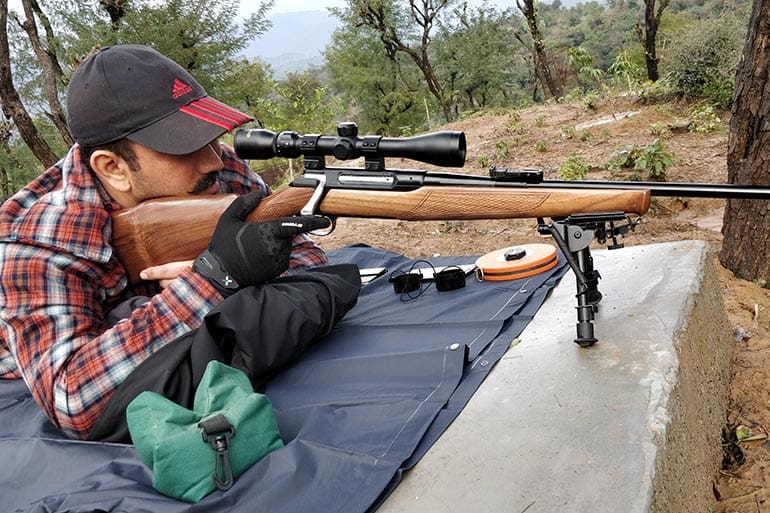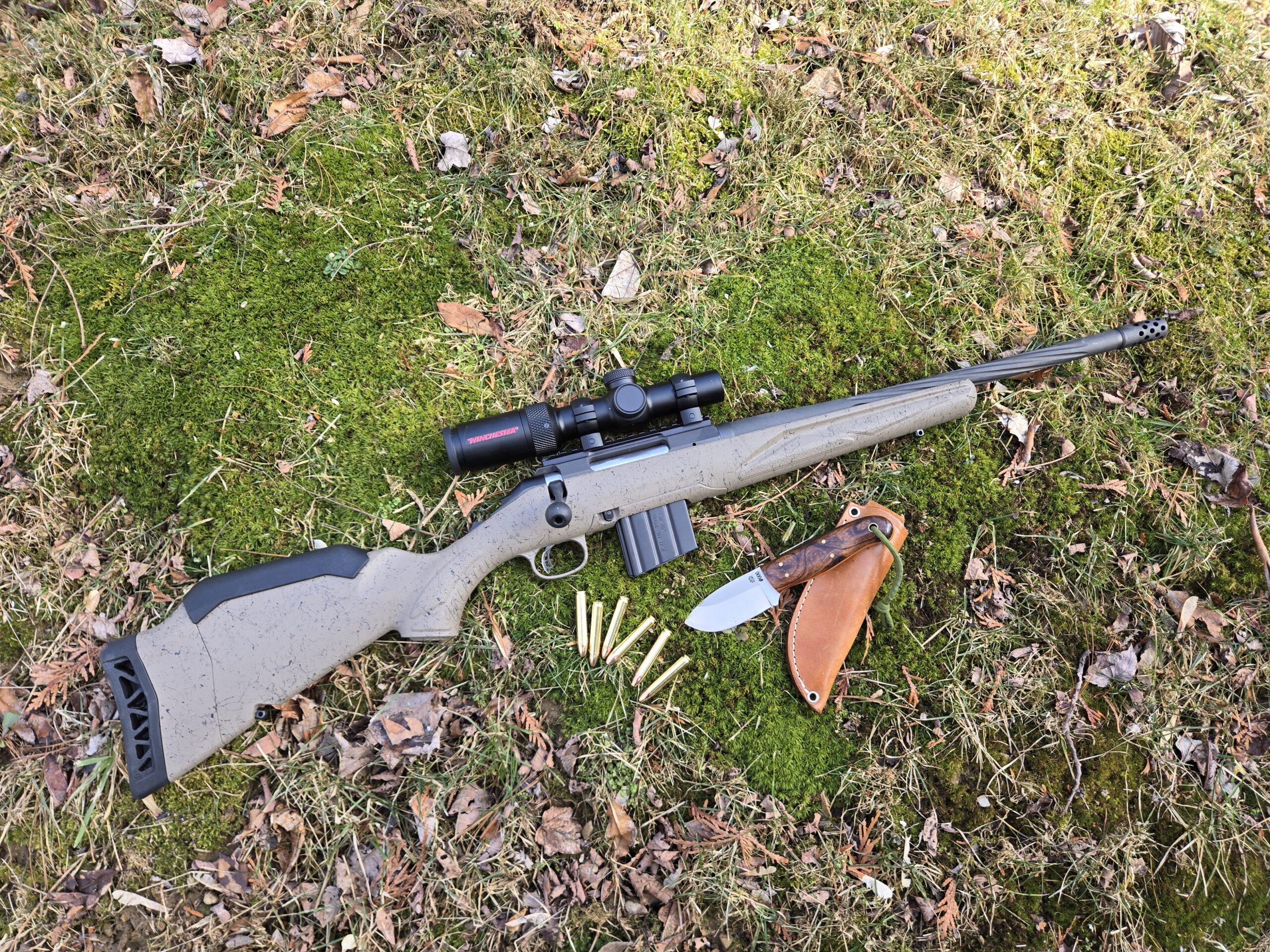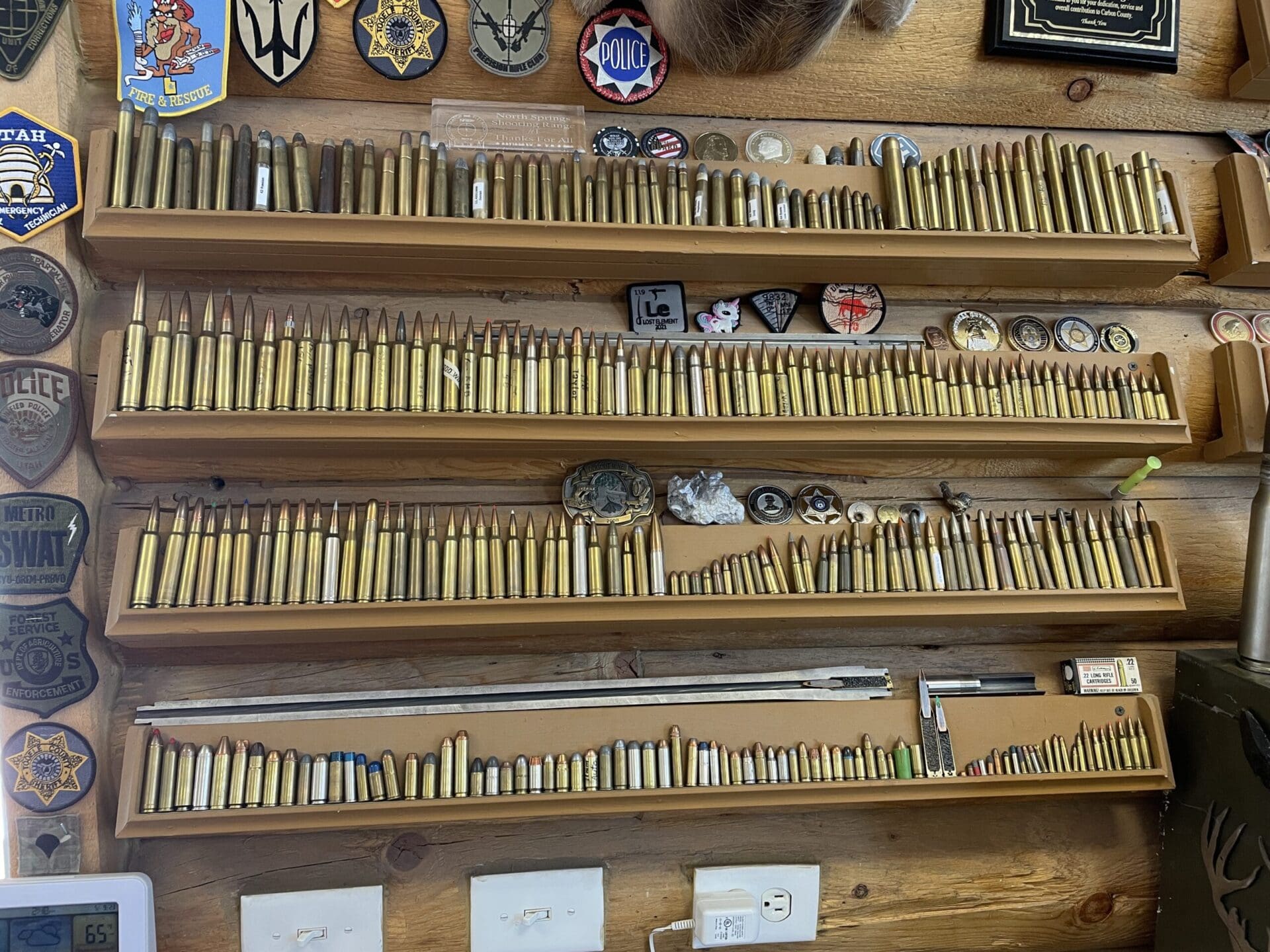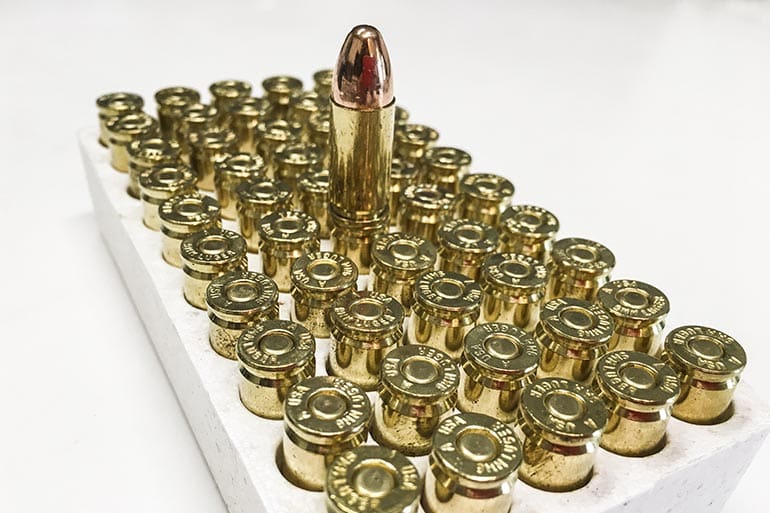
Usually, it comes down to operator error or a different link in the chain that you might not have considered.
So, how to tighten up those groups? Here are some shooting tips that can help.

It happens to all of us. Don’t be too hard on yourself, Atticus Flinch.
The legendary hunter W.D.M. “Karamojo” Bell was an expert rifle shot, pulling off incredible feats of marksmanship before variable-powered scopes really existed. He mastered a rear-quarter brain shot that allowed him to drop more than 8,000 elephants with small calibers like .275 Rigby (7x57mm Mauser) and .318 Westley Richards.
He was observed shooting cormorants on the wing and jumping fish out of the air with a rifle. How?

Shoulder your rifle and balance an empty case, a coin or a battery on it. Then pull the trigger. Does the object move or fall off? If so, you need to work on your trigger pull until it doesn’t.

Have you checked your zero lately?
Check your scope rings and base as well. They do come loose over time, and may need adjustment.
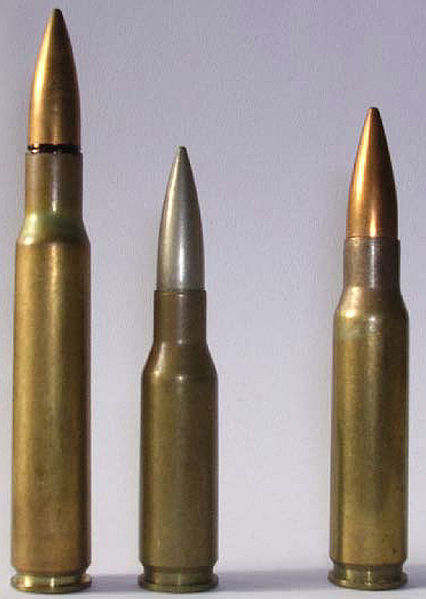
While ammunition is merely a tool for accomplishing a task, you will really benefit for finding the best load for your particular gun.
You’ll notice some loads group tighter than others, some might hit to the left or right or hit lower than others. A good tip is to find the one (or a few) that works best and, unless it’s impossible, stick to that one.
For instance, I’ve found that my Model 70 in .30-06 is the most accurate with Remington Core Lokt 165-grain ammunition. It requires the least amount of adjustment to zero and I consistently shoot 1 MOA groups. (Consistent 1-inch groups is impressive considering the gun is several decades old, and I therefore bought it used.)
Since it’s my hunting rifle, and I don’t live in grizzly country, that load in that caliber will harvest all the game I can hunt in this area including deer, black bear, elk and – if I manage to ever draw the tag – moose. Since it also has the benefit of being widely available and incredibly cheap, I don’t shoot anything else.

Fourth, a corollary to the question of ammunition, is to become intimately familiar with the drop table for the round you shoot, in addition to how it corresponds to your rifle scope’s reticle. Not knowing the appropriate drop at the appropriate distance is a crucial mistake when it comes to rifle accuracy.
This is especially important for long-range rifle shooting, as your success or failure lives and dies by how you estimate the drop. Granted, buying a scope that can adjust for range will help, but only so much.
Before I became a believer in the Pick One Load And Stick To It school, I made the dunder-headed error of grabbing some 180-grain Nosler Partition for a hunt instead of the 165-grain pills I normally used. Partition is better, I said to myself, so I assumed (key word there!) that everything would work out for the best.
Normally, with my rifle zeroed four inches high at 100 yards for 165-grain Core Lokt, I only need to hold six inches to one foot over the back of a deer to put the bullet in the chest cavity at 400 yards.
However, what I neglected to find out before hitting the field was that I should have doubled the holdover for that distance with 180-grain Federal Partition, which I discovered when I missed a trophy four-point whitetail right at the end of shooting light.
It was an idiotic mistake, for which I have been kicking myself ever since. Better a clean miss due to being a moron than a bad hit and a wounded deer that you can’t recover, so there’s that, but it was a pretty stupid mistake.
This isn’t to say you can’t run multiple loads in one rifle, but you’d better know the ballistics for whatever loads you DO run and know them well.

Just as with shooting pistols, reliability and rifle accuracy are both aided with a clean, well-oiled, and cared-for gun. This can be the difference between success at the range or in competition or hunting afield, and wretched, frustrating failure.

A lot of us need more of it. Run more. Do some burpees. Stop eating junky food. Don’t want to join a gym? Get yourself a 16-kilo kettlebell. A few sets of Russian swings will have you entering a world of pain, Smokie, but it’s the good for you kind.
There are plenty of KB routines on the internet, ranging from good-for-beginners to “did the guy from ‘Hellraiser’ dream this up?” and you can do them all at home.

Besides, you get to do more shooting! That’s just good fun, provided, of course, that you’re doing so safely. And who among us doesn’t want to shoot more than we do?
Have any other suggestions? Feel like bashing me for my bone-headed mistake that led to a fruitless deer season? Actually think “Star Wars” is better when Han Solo doesn’t shoot first? (You’re wrong.) Sound off in the comments!

